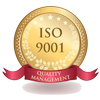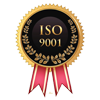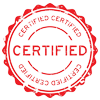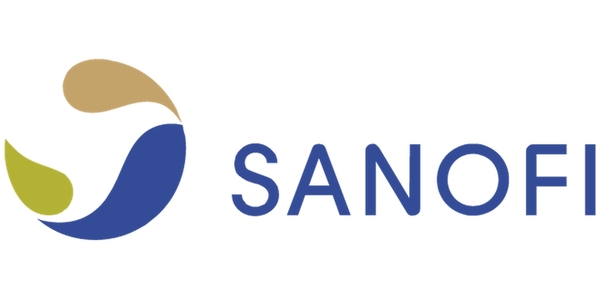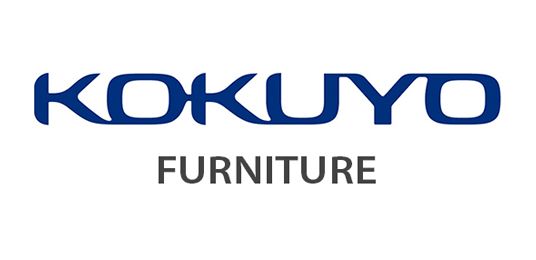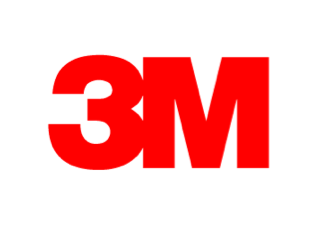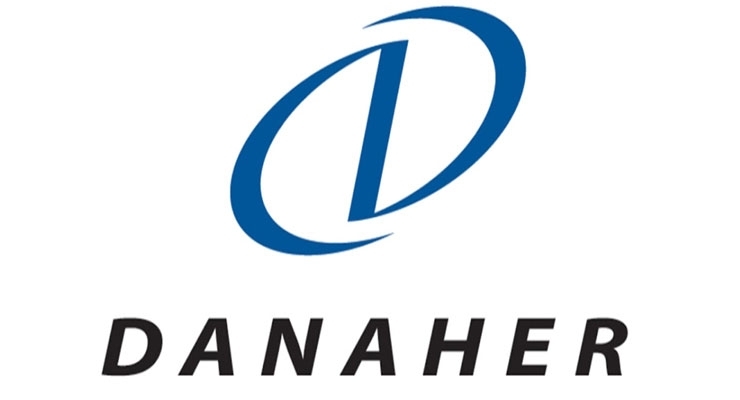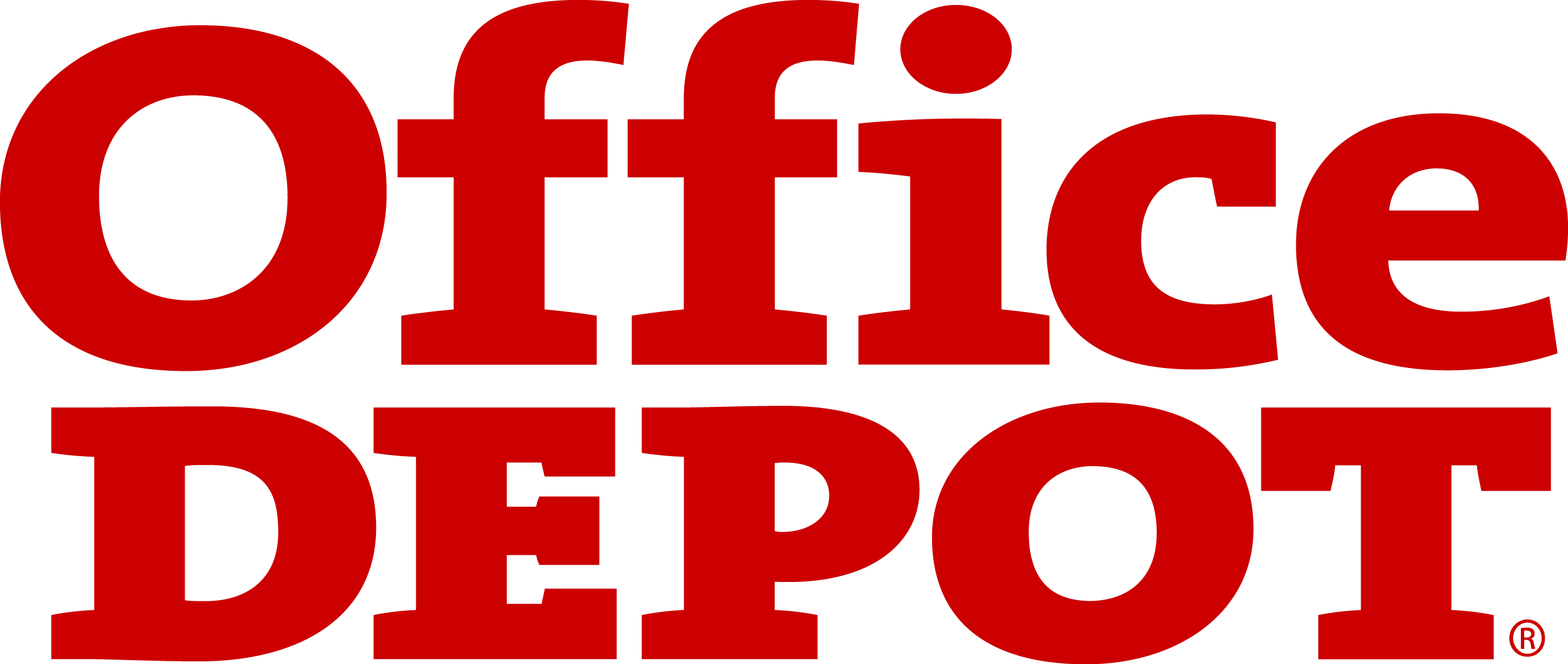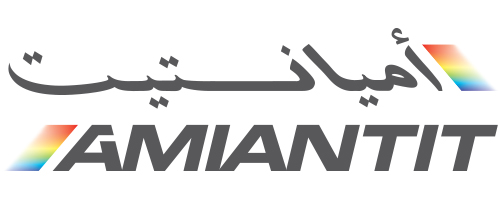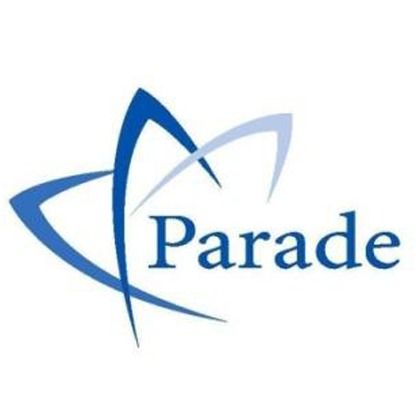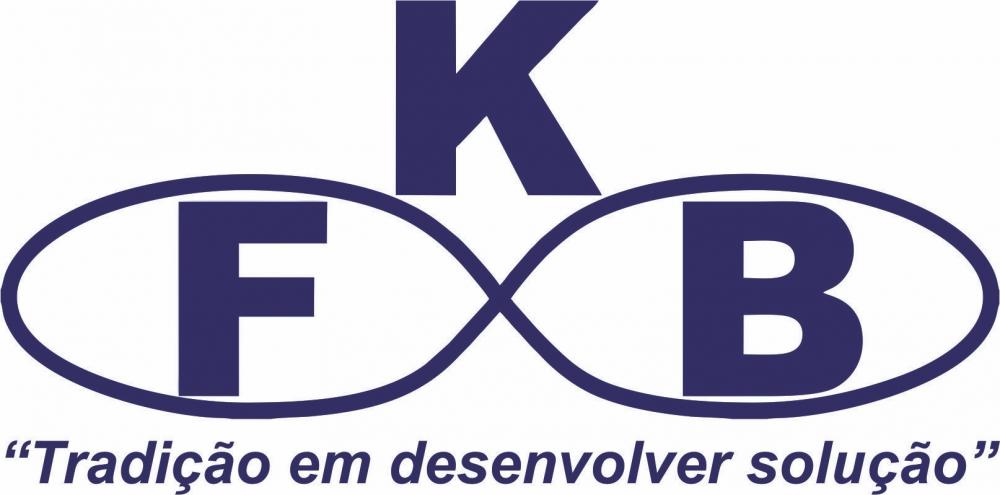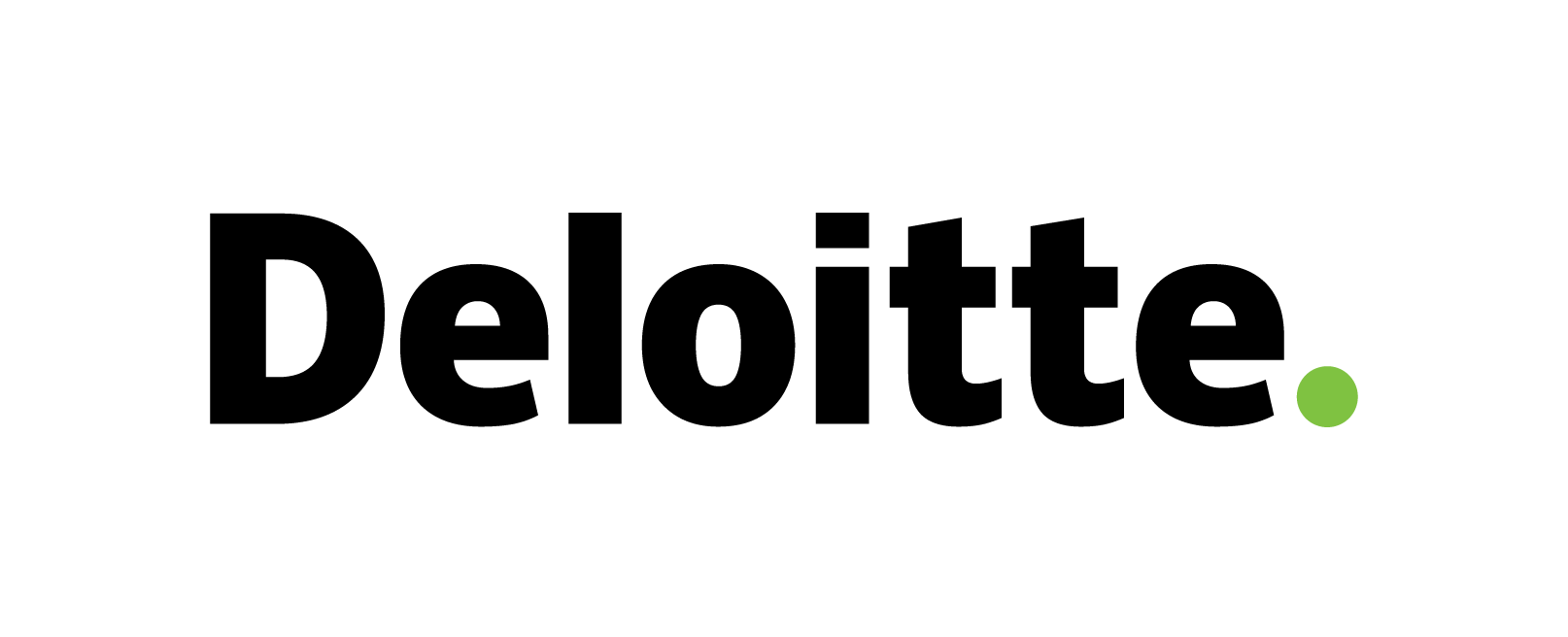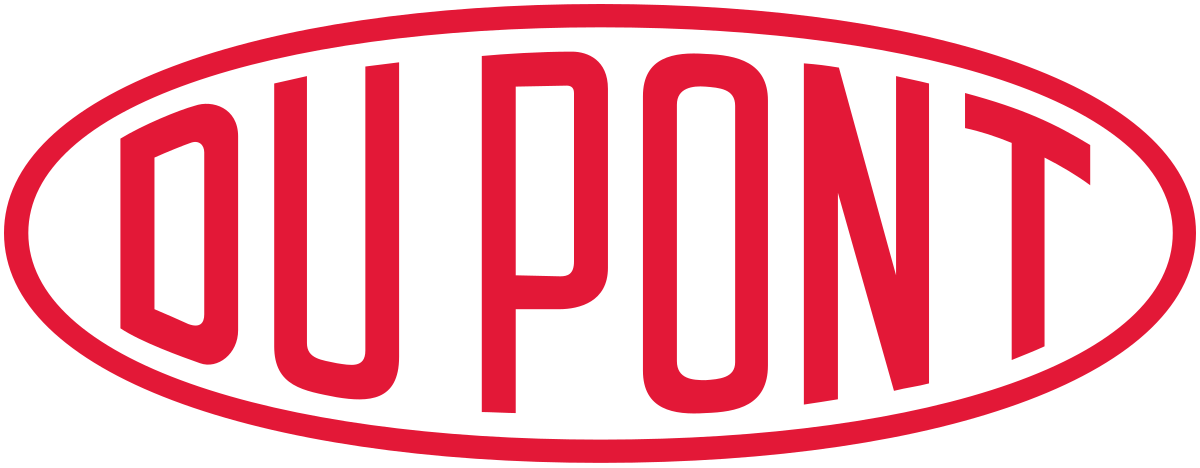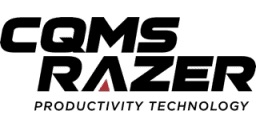Procurement Software Market is segmented by Deployment (On-Cloud, On-Premise); by Software Type (Pend Analysis, E-Sourcing, E-Procurement, Contract Management, Supplier Management, Others); by Organization Size (Small and Medium Enterprise, Large Enterprise); by Vertical (Retail, Automotive, Travel and Logistics, Electronics, IT and Telecommunication, Mining); By Region (North America, Europe, Asia Pacific, and the Rest of the World) - Global Market Analysis, Trends, Opportunity and Forecast, 2023-2032
Procurement Software Market Overview
Procurement Software is a business software that allows users to gain complete access to automate purchasing process for businesses and organizations. It is a supply chain management process, in which the organization is a medium between the supplier and the customer. Procurement Software provides control to organizations, so that they can increase and improve purchase orders. This automate purchasing process reduces time and boost the sales efficiency. The demand for e-procurement technology is one of the major factors driving the market growth. Oracle, IBM Corporation, and Coupa Software Inc. are some of the significant parties in the market for a Procurement Software Market.
The global Procurement Software market was valued at USD 7.8 billion in 2022. The market is expected to expand at a CAGR of 8.7% from 2022-2032, and is expected to cross value of USD 17.6 billion by the end of 2032.
Procurement Software Market Drivers
Some key drivers for the Procurement Software market are:
- Integration of Emerging Technology: Emerging technologies like artificial intelligence helps in the growth of the Procurement Software Market. The interaction between the suppliers, customers, and end-users becomes easier with the help of new technologies.
- Increasing Focus on Digital Transformation: Many organizations are adopting digital transformation techniques. It helps in reducing manual workload and improves supply chain management. Use of digital transformation techniques also lead to adoption of Procurement Software Market.
- Growing Need for Cost Effective Solutions: Procurement Software helps to reduce manual workload and reduce cost. This has boost the demand of Procurement Software market especially in small and medium size companies. As suppliers offer cost-effective solutions to the customers.
- Increasing Demand of Process Automation: Automation of Procurement Software helps in freeing up the employees from time-consuming tasks. Automation helps to increase the productivity and reduces the chances of any errors. Automation of Procurement Software helps in fuel up the market growth.
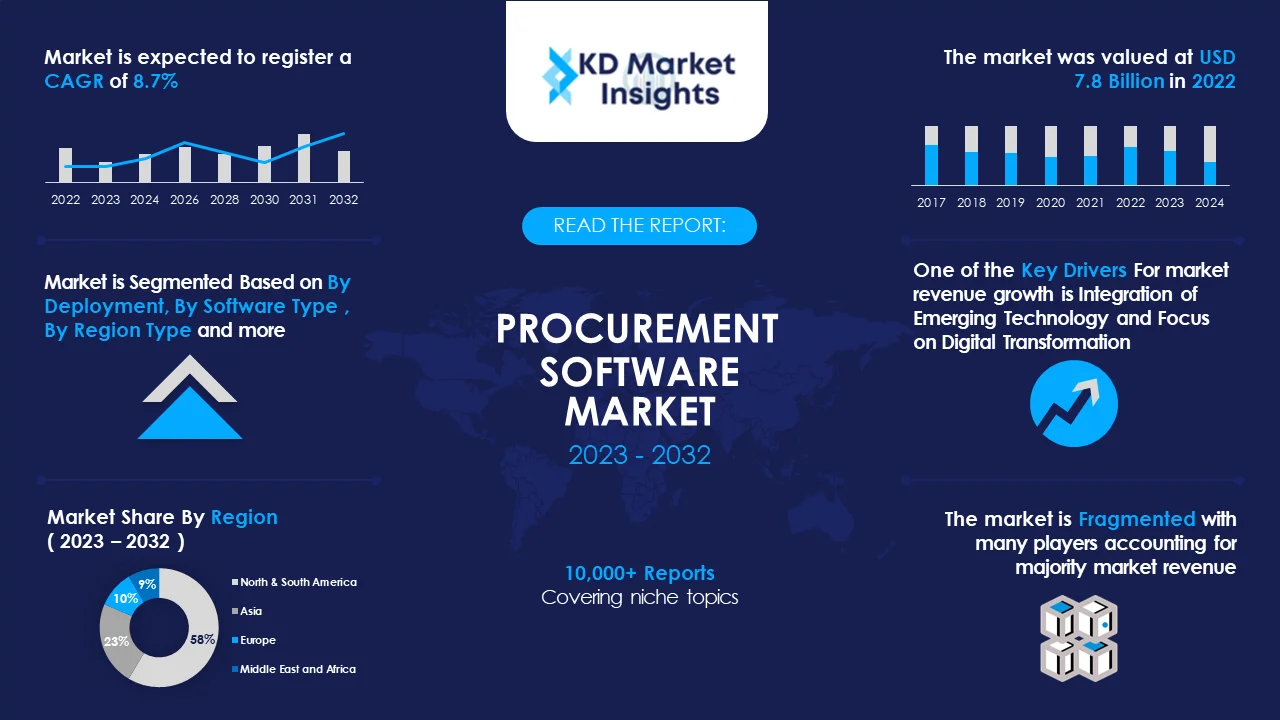
Procurement Software Market Challenges
Some challenges facing the Procurement Software market are:
- Lack of Skilled Professionals: Due to growing demand of Procurement Software Market, programming of advance technologies is important while also maintaining the performance. Skilled professionals who have the knowledge of Procurement Software can maintain the decorum of the market. According to a study, U.K. Organization faced a lot of blockages in the growth of
the market because of lack of skilled professionals.
- High Initial Cost: Implementation of Procurement Software solutions is expensive. Small and medium size companies can’t afford that much expense. Procurement Software is a time consuming process and also need manual work. Higher cost of solutions can lead to hinder the market growth.
- Need of Security and Data Privacy: Procurement Software holds sensitive and confidential data of companies. High security is important, so that data can be safe. But this can be challenging to ensure the data safety.
Procurement Software Market Segmentation
Segmentation of Procurement Software market are:
- By Deployment
- On-Cloud
- On-Premise
- By Software Type
- Pend Analysis
- E-Sourcing
- E-Procurement
- Contract Management
- Supplier Management
- Others
- By Organization Size
- Small and Medium Enterprise
- Large Enterprise
- By Vertical
- Retail, Automotive
- Travel and Logistics, Electronics
- IT and Telecommunication
- Mining
- By Region
- North America
- Europe
- Asia
- The Rest of the World
Procurement Software Market: Report Scope |
|
|
Base Year Market Size |
7.8 Billion |
|
Forecast Year Market Size |
17.6 Billion |
|
CAGR Value |
8.7% |
|
Segmentation |
|
|
Challenges |
|
|
Growth Drivers |
|
Timeline considered for all these studies will be:
2022 – Base Year
2023 – Estimated Year
2023-2032 – Forecast Period
Procurement Software Market Regional Synopsis
North America holds the largest share in the market and is also projected to lead the market in the forecast period. Embracement of digital transformation techniques is one of the major factors that has driven the market growth in this region. Increasing demand for automation and cost-effective solutions help this region to grow at a fast rate. Based on a study, the top 20 startups companies are located in North America.
Increasing demand of digital transportation and supplier management are some of the factors that have boost the growth of Procurement Software market in Europe.
Procurement Software Market Key Players
Some key players in the Procurement Software market are:
- IBM Corporation
- Oracle
- Coupa Software Inc.
- Epicor Software Corporation
- Mercateo
- SAP SE
- Zycus Inc
- Infor
- Tungsten Corporation plc.
- OpusCapita Solutions Oy
- Ivalua Inc.
- Epicor Software Corporation
- Proactis Holdings Plc
- JAGGAER
- Tradeshift
- Basware
- BuyerQuest Holdings Inc.
- JDA Software Group, Inc.
- HCL Technologies

Need Customized Report for Your Business ?
Utilize the Power of Customized Research Aligned with Your Business Goals
Request for Customized Report- Quick Contact -
- ISO Certified Logo -
